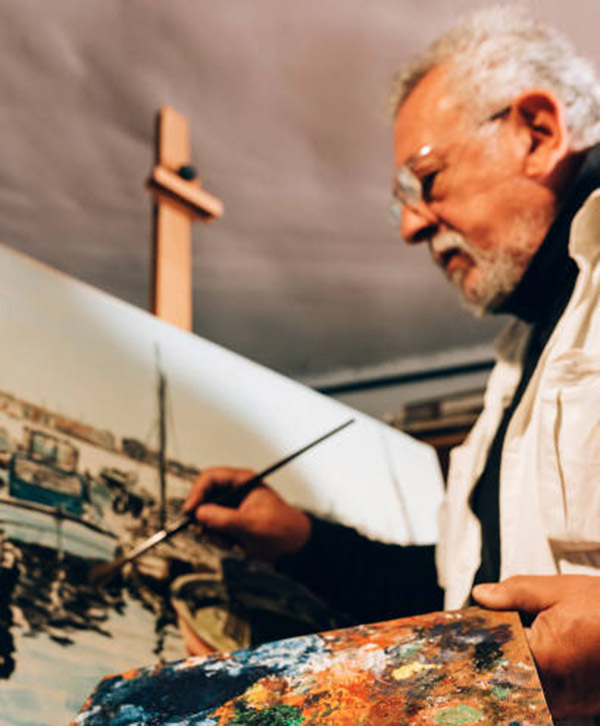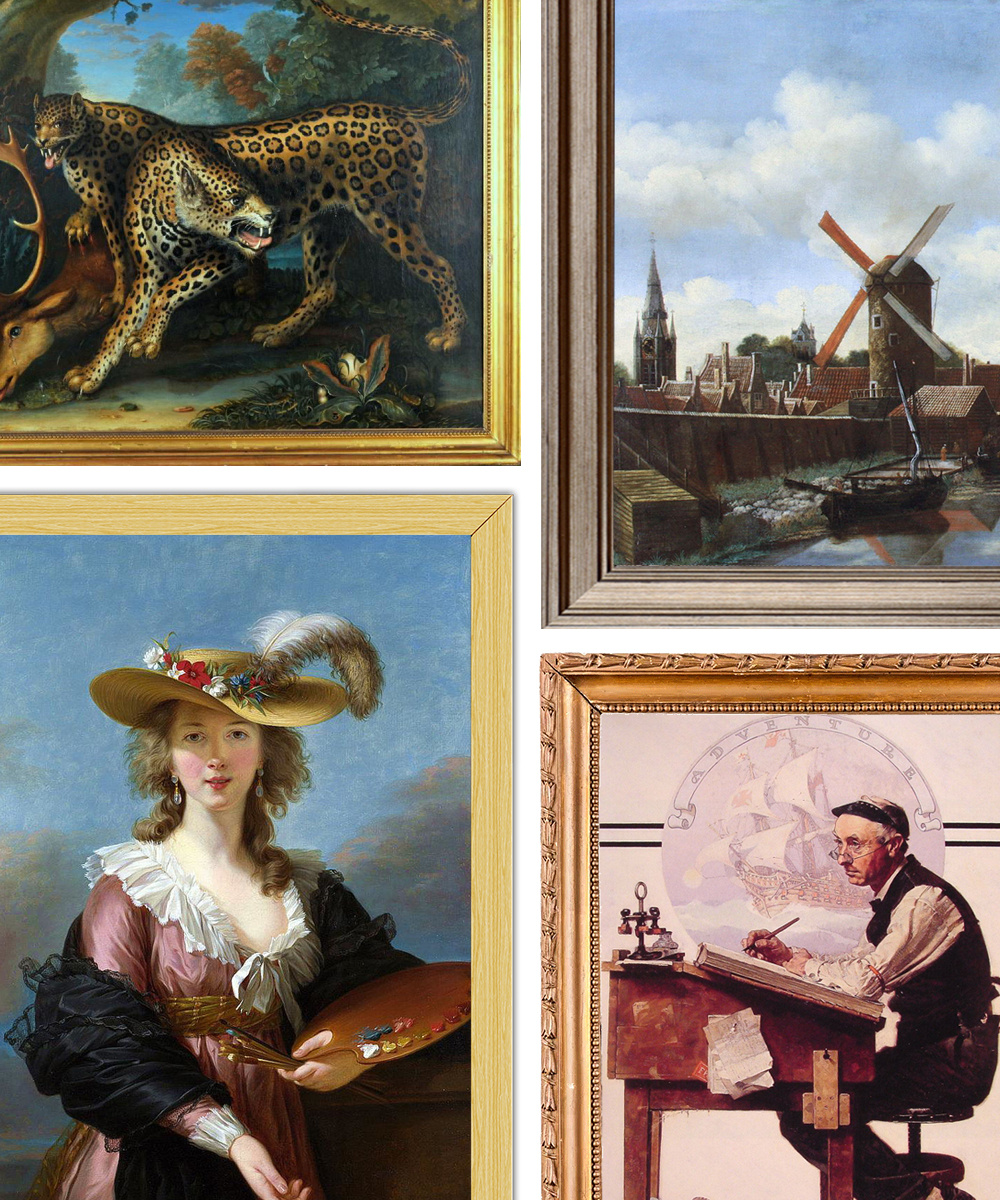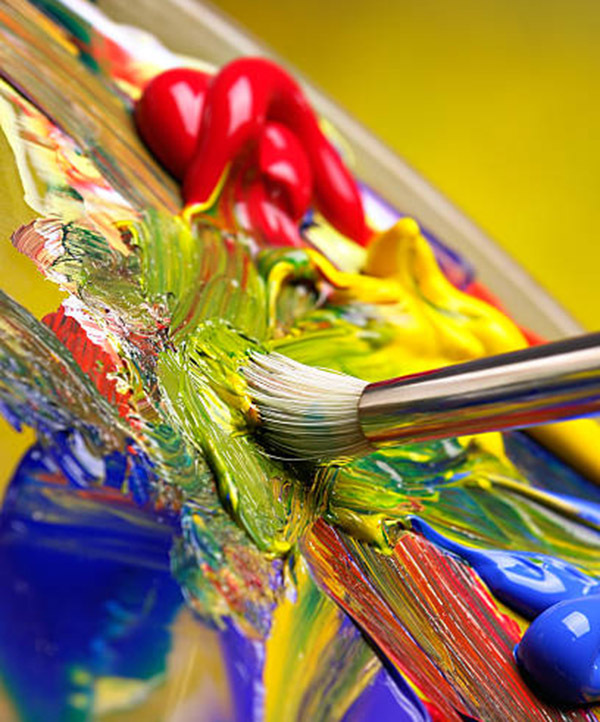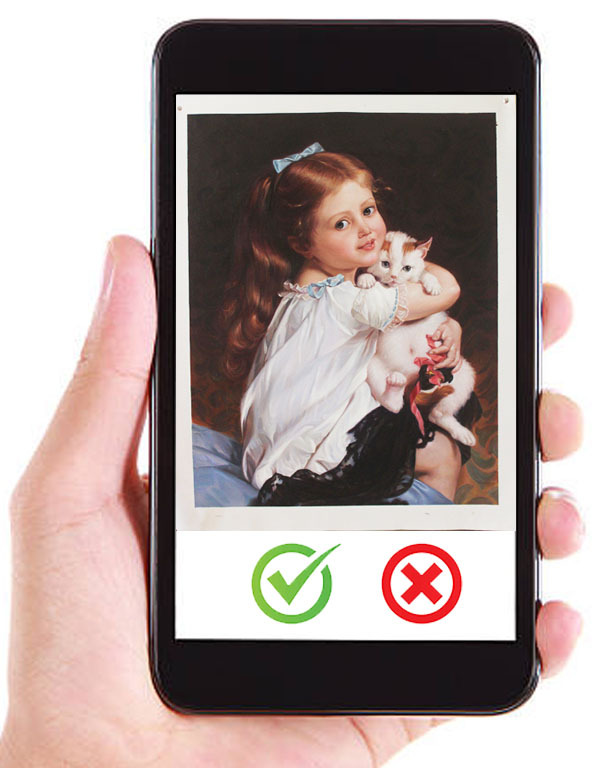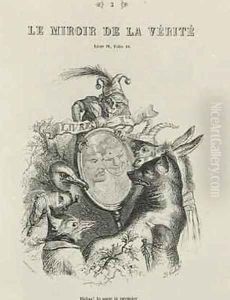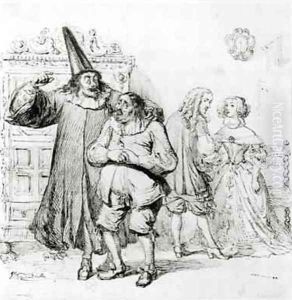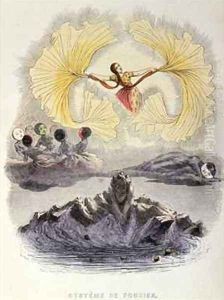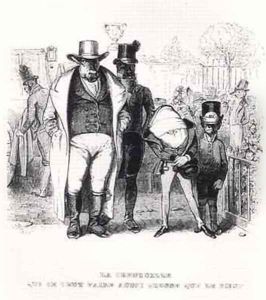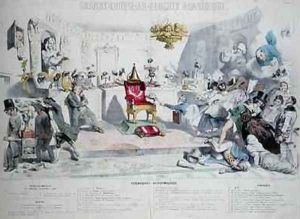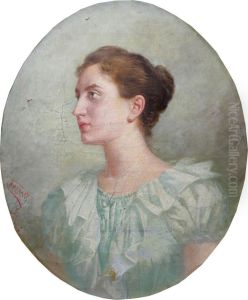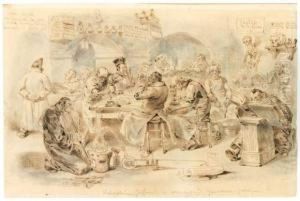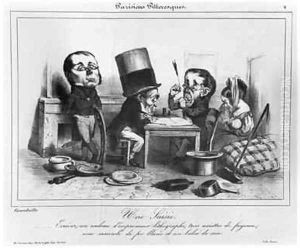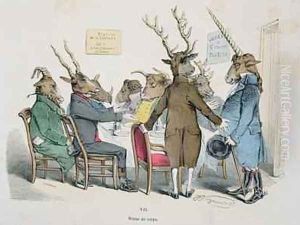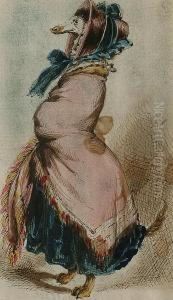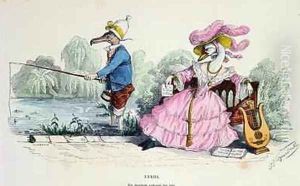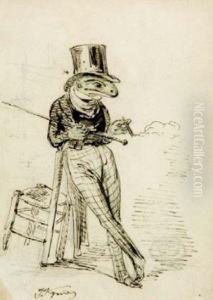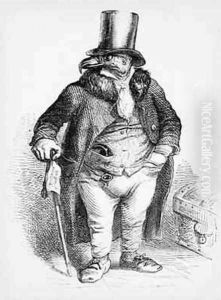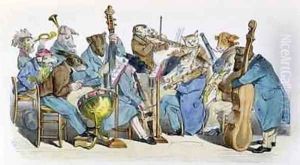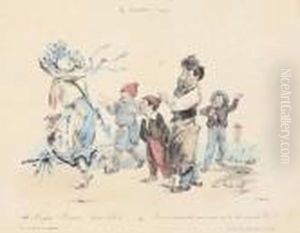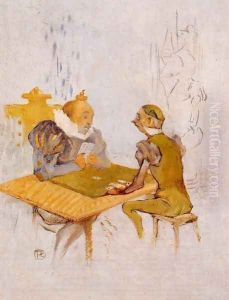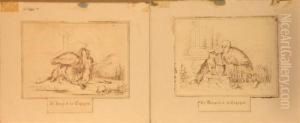





Le Renard Et La Cigogne Et Le Loup Et La Cigogne
-
About Reproduction
Discover the allure of art with our faithful reproduction of "Le Renard Et La Cigogne Et Le Loup Et La Cigogne", originally brought to life by the talented J. J. Grandville. Unlike posters or prints, our hand-painted oil painting breathes an unique sense of depth and texture into your space. Every detail, every stroke, and every texture is meticulously recreated, paying the perfect homage to J. J. Grandville and his artistic vision.
Owning this piece is more than just decoration - it's a statement of your refined taste in art. Let the vibrant colors and intricate details of this replica serve as a daily reminder of the beauty in our world. Elevate your decor and appreciate the richness of art with our replica of this masterpiece.
-
Painting Description
"Le Renard et la Cigogne" and "Le Loup et la Cigogne" are two fables by Jean de La Fontaine, which were illustrated by the French artist J. J. Grandville. Jean-Jacques Grandville, born Jean Ignace Isidore Gérard (1803–1847), was a renowned caricaturist and illustrator whose work was characterized by its sharp social satire and the anthropomorphic portrayal of animals. Grandville's illustrations brought a new level of artistic narrative to La Fontaine's fables, which were first published in the 17th century and have since become classics of French literature.
La Fontaine's fables are known for their moral lessons, and both "Le Renard et la Cigogne" (The Fox and the Stork) and "Le Loup et la Cigogne" (The Wolf and the Stork) exemplify this tradition. In "Le Renard et la Cigogne," the story revolves around a fox that invites a stork to dinner and serves soup in a shallow bowl, which the stork cannot eat due to its long beak. The stork later invites the fox to dinner and serves food in a jar with a long neck, which the fox cannot reach. The moral is that one should not play tricks on others that one would not want to be played on oneself. "Le Loup et la Cigogne" tells the tale of a wolf who, after swallowing a bone, asks a stork to remove it from his throat, promising a reward. After the stork successfully performs the task, the wolf reneges on his promise, suggesting that the stork should be grateful for having its head released from the wolf's mouth unharmed. The moral here is about the danger of helping the ungrateful or the treacherous.
Grandville's illustrations for these fables are notable for their intricate detail and the way they convey the personalities and emotions of the animal characters. His work on La Fontaine's fables was part of a larger collection, "Les Fables de La Fontaine," which was published in 1838-1840. The illustrations were celebrated for their imaginative approach and their ability to capture the essence of La Fontaine's moral lessons.
The introduction of Grandville's illustrations to La Fontaine's fables marked a significant contribution to the visual arts and literature, as it provided a new way for readers to engage with these timeless stories. Grandville's work remains influential, and his illustrations continue to be appreciated for their wit, artistry, and the unique perspective they bring to classic French literature.
-
Lead Time & Shipping
When you order this oil painting replica, it typically takes 2-3 weeks to paint. If the artwork is more complex, it might need a little more time to ensure the best quality. Once it's ready, we'll send you a photo for your approval. After you give the green light, we'll ship it to you for free.
-
Return & Refund
We believe in the quality of our hand-painted oil painting reproductions, and your satisfaction is our priority. If for any reason, you are not completely satisfied with your purchase, we offer a 45-day return policy. You can return your artwork within 45 days of receipt and receive a full refund. Please note that the artwork must be returned in the original packaging and in the same condition as it was received.

